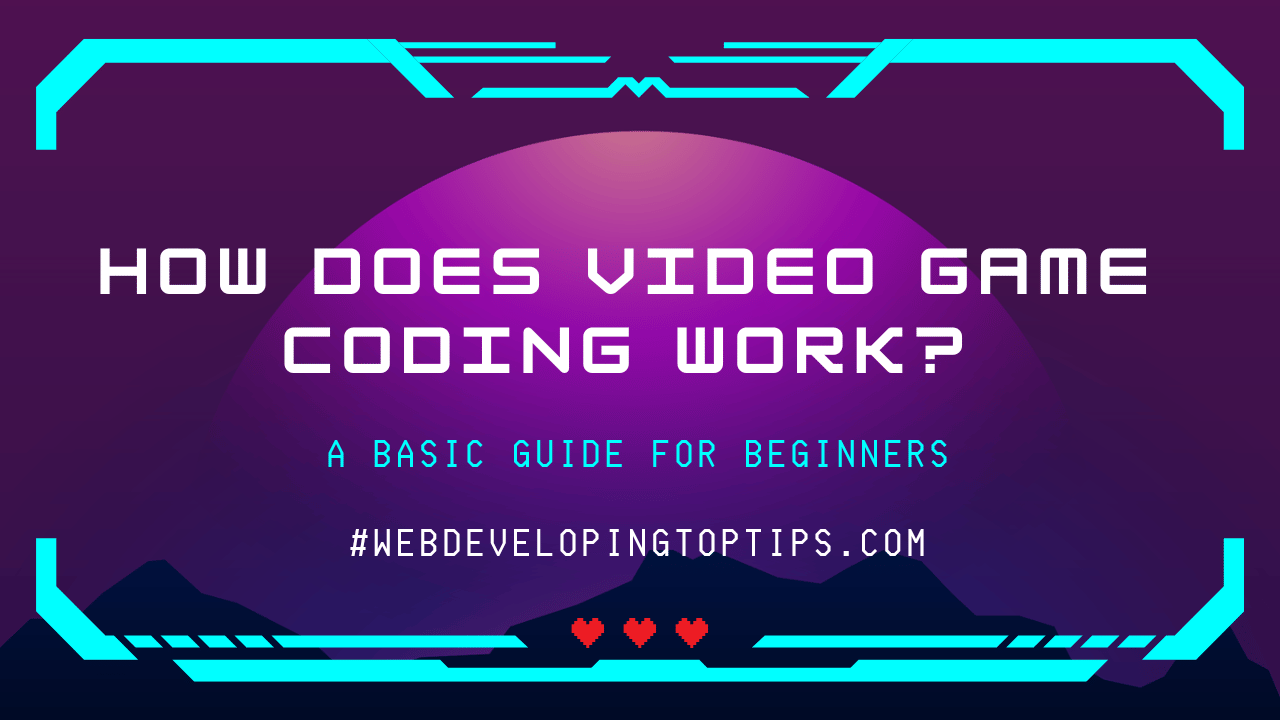How does video game coding work?
Video game coding involves creating the software that drives the behavior and interactions within a video game. It’s a complex process that requires knowledge of programming languages, game development frameworks, and various algorithms. Here’s an overview of how video game coding works:
Game Engine:
Most modern video games are built using a game engine, which is a software framework that provides developers with tools and libraries to create games more efficiently. Examples of popular game engines include Unity, Unreal Engine, and Godot. These engines handle many low-level tasks, allowing developers to focus on game-specific logic.
Programming Languages:
Video games are coded using programming languages. Different game engines support different languages, but some common choices are C#, C++, and Python. C# is often used with Unity, while C++ is commonly associated with Unreal Engine, and Python is used in various game development libraries and engines.
Game Loop:
The game loop is the core of any video game. It is a repeating sequence that updates the game’s state, processes input from players, and renders the game on the screen. The loop continues as long as the game is running.
Assets and Resources:
Games require various assets, such as 3D models, textures, audio files, and more. These assets are created using specialized software like Blender, Maya, Photoshop, or audio editing tools. The game code handles the loading and management of these assets.
Game Objects and Entities:
In most games, various objects and entities interact with each other. These could be characters, enemies, items, or environmental elements. Game code defines the behavior, movement, and interaction of these entities.
Physics and Collisions:
Many games require realistic physics simulations and collision detection. Game code handles these aspects to ensure objects interact with each other appropriately, bounce off walls, and respond to forces like gravity or explosions.
User Input:
The code captures user input from keyboard, mouse, controllers, or touchscreens. The game interprets these inputs to control the player character or trigger other actions.
Artificial Intelligence (AI):
In games with AI opponents or companions, the code implements AI algorithms that dictate their behavior, decision-making, and interactions.
Graphics and Rendering:
Game code works with the graphics pipeline to display images on the screen. It handles rendering 3D models, applying textures, applying lighting, and managing shaders.
Sound and Music:
The code manages the playback of sound effects and music to create an immersive audio experience in the game.
Networking (for online games):
In multiplayer or online games, the code handles communication between players and synchronizes the game state across different devices.
Optimization:
Game developers strive to make their games run efficiently to provide a smooth experience. This involves optimizing code, reducing memory usage, and improving loading times.
Testing and Debugging:
Game developers spend a lot of time testing and debugging their code to identify and fix issues, ensuring the game functions as intended.
Overall, video game coding is a creative and technical process that brings the virtual worlds to life, making them enjoyable and interactive experiences for players.

